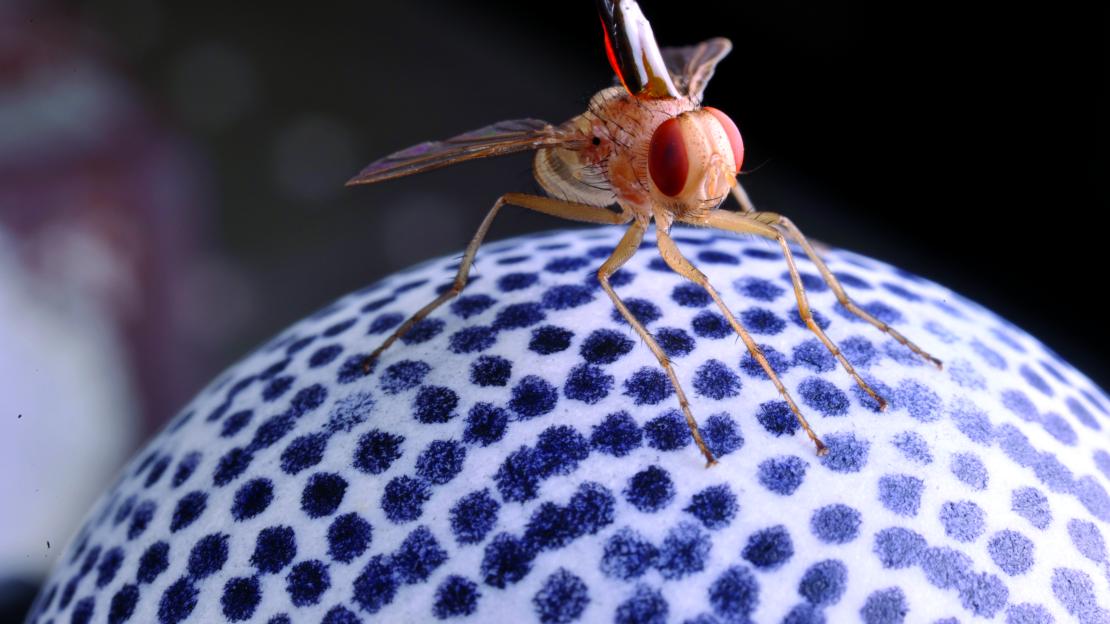The small parasitic nocturnal fly Ormia ochracea, which deposits its larvae in the bodies of crickets, locates potential hosts by using tiny, exquisitely sensitive ears that can home in on the mating call of male crickets.
Those ears may help solve a problem that has bedevilled human engineers for years: How can a small microphone be used to locate the direction of a sound?
Andrew Mason, professor of biological sciences at UTSC, is one of the scientists who discovered the details of the O. ochracea’s extraordinarily acute hearing. Today, engineers are using his findings to develop improved devices, including hearing aids and radars. Meanwhile, Mason continues his research on how crickets chirp, how spiders detect prey and other mysterious insect behaviours.
With his interest in the physics and neurobiology behind animal communication, Mason’s work could offer clues to better technology as well as a better understanding of human behaviour. It's more and more widely recognized, notes Mason, that you can see these animal systems as a source of natural solutions to engineering problems.
In the case of O. ochracea, it was the insect’s tiny size that generated the mystery—and scientific interest. For humans and other large animals, it’s the physical separation of their two ears that is used to locate the direction of a sound, with one ear hearing the sound a little sooner and a little louder than the other ear.
However, the ears of the O. ochracea are separated by a mere half-millimetre—too small to allow a detectable difference. Evolution, it turns out, had developed a number of tricks—including a physical bridge between the fly’s two ears, which mechanically magnifies the difference in loudness and time—making it easy for the parasite to home in on its unfortunate host cricket.
Mason finds invertebrates interesting, partly because of the simplicity underlying their complex behaviours. By necessity, they pare down their neurological circuitry, accomplishing with one neuron a task that might require a whole cluster of neurons in a human.
What does it take to have a nervous system that responds selectively to a single stimulus source in the midst of a background of many possible sources? asks Mason. Studies in crickets have shown you can do that with a single neuron. It’s a simple model that, in principle, can apply in any system.
